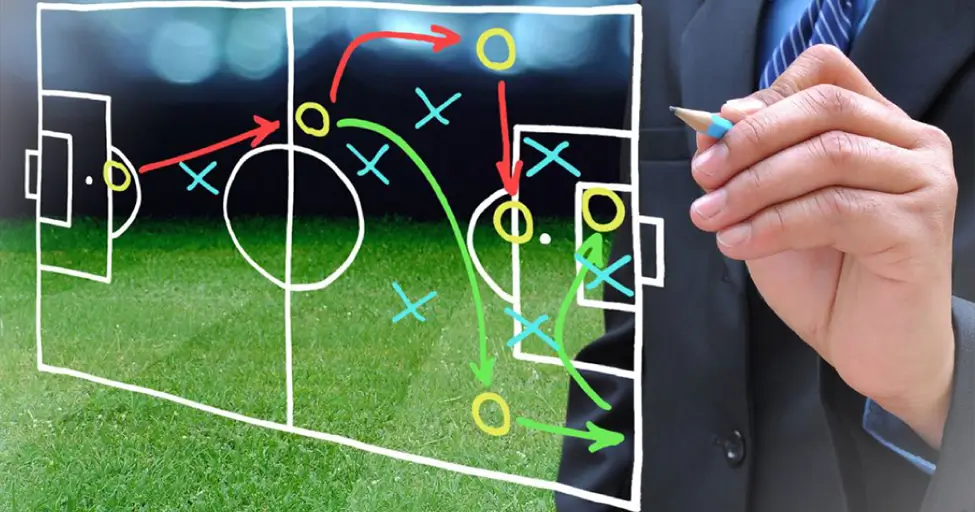The Art of Strategy and Tactics in Sports
- Abeera Marium Siddiqui
- February 28, 2024
- 11:46 am

In sports, success often hinges on the delicate interplay between strategy and tactics. These two vital components of the game plan shape the trajectory of any athletic endeavor, from the grand scheme of a season-long campaign to the split-second decisions made on the field of play. This blog delves into the intricate world of strategy and tactics, exploring their roles, distinctions, and applications across various sports.
The Essence of Strategy
Strategy, at its core, is the overarching plan that guides a team or individual's pursuit of victory. It is the blueprint that outlines the long-term objectives, resource allocation, and broad strokes of how to navigate the competitive landscape. In sports, strategy is the thoughtful consideration of factors such as team composition, opponent strengths and weaknesses, and the unique characteristics of the playing field.

The Nuances of Tactics
While strategy sets the course, tactics are the specific actions taken to execute that grand plan. Tactics encompass the real-time decisions, adjustments, and maneuvers employed to exploit opportunities, counter opposition, and seize the initiative. Tactics are the tools that bring strategy to life, adapting to the ever-changing dynamics of a game or match.
The Application in Team Sports
In team sports like basketball, football, and soccer, strategy often revolves around assembling a roster of players with complementary skills, developing offensive and defensive systems, and identifying key matchups to exploit. Tactics, on the other hand, involve in-game adjustments to formations, substitutions, and play-calling to disrupt the opponent's rhythm and capitalize on emerging opportunities.
The Interplay in Individual Sports
In individual sports such as tennis, boxing, and golf, strategy encompasses the athlete's overall approach to training, preparing for specific opponents, and developing a distinctive style of play. Tactics, in this context, involve split-second decisions like shot selection, footwork, and ring generalship to outmaneuver and outthink opponents during the heat of competition.

The Importance of Adaptability
Both strategy and tactics require a keen understanding of the sport's rules, trends, and evolving meta. However, the most successful teams and athletes are those who can adapt their strategies and tactics to counter the opposition's moves. This ability to read the game, anticipate, and respond with agility is a hallmark of championship-caliber coaching and performance.
The Role of Analytics
In recent years, the rise of sports analytics has profoundly influenced the development of strategies and tactics. Data-driven insights into player performance, opponent tendencies, and situational probabilities have enabled coaches and athletes to make more informed decisions, fine-tune their approaches, and gain a competitive edge.
Conclusion
In the world of sports, strategy and tactics are the twin pillars that support the pursuit of excellence. While strategy sets the course, tactics provide the means to navigate the constantly shifting landscape of competition. By mastering the art of strategy and tactics, teams and athletes can unlock their full potential, outsmart their opponents, and etch their names in the annals of sporting greatness.
CATEGORIES


Your go-to destination for diverse and engaging content!
Explore a world of knowledge, entertainment, and connection right at your fingertips.
POPULAR POSTS





